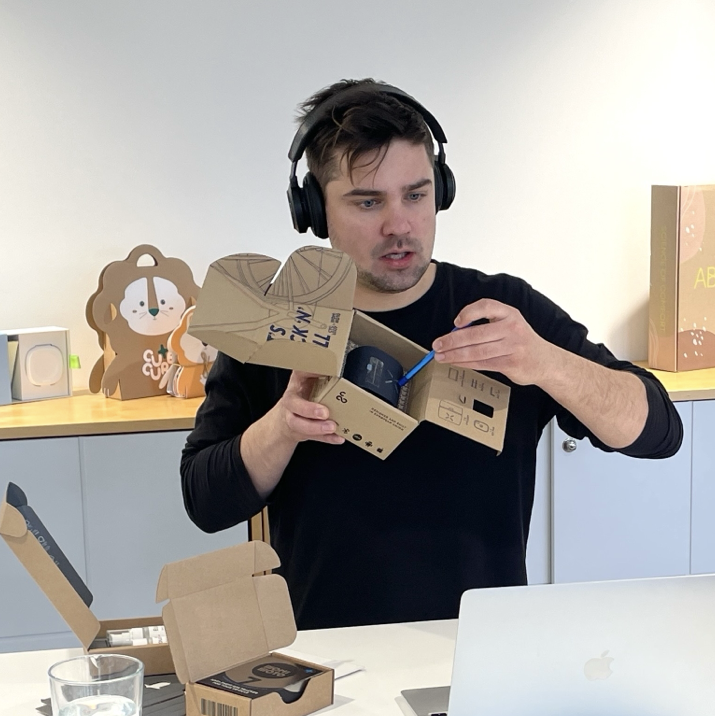Could AI Change Brand Collabs?
The history of brand collaborations is a weird andwonderful one. IKEA and Virgil Abloh. Nike and Ben & Jerry’s. Issey Miyake and Dyson. Balenciaga and Crocs. Liquid Death and Martha Stewart. All real, but perhaps unexpected, brand collabs.
The history of brand collaborations is a weird and wonderful one.
IKEA and Virgil Abloh. Nike and Ben & Jerry’s. Issey Miyake and Dyson. Balenciaga and Crocs. Liquid Death and Martha Stewart.
All real, but perhaps unexpected, brand collabs.
Credible brand collab concepts
Executive creative director Eric Groza recently used AI text-to-image generator Midjourney to mock up a conceptual collaboration between Swedish home furnishing giant IKEA and ethically conscious outdoor brand Patagonia. The results were impressive – eventually.
Groza told Fast Company that at first the AI created images were mediocre or entirely unusable. But by refining his brief and adding more detail, he was able to generate 10 interesting image concepts that could conceivably be real IKEA and Patagonia collaborations.
Reportedly IKEA execs have shown an interest since Groza posted the images. Artist Justin Béchard also used Midjourney’s AI capabilities to create an imaginary collaboration between Nintendo’s Mario IP and IKEA. The generated product images are a perfect blend of the two brands, which viewers have been crying out to buy.
Both examples have shown what generative AI can do in the hands of experienced graphic designers and artists. It may well become a key tool in future branding exercises, particularly when looking for new angles on collaboration. It could also be a key part of potential collaboration pitches, enabling brands to see what could be possible before they come onboard. But it’s not just the professionals who are experimenting with AI brand collabs.
AI-Driven Brand Insights
BrXnd.ai is an organisation created by branding expert Noah Brier to explore the intersection between brands and AI. One of its offerings is CollXbs, which uses generative AI tech, including OpenAI’s DALL-E, to allow anyone to create imaginary brand collaborations.
Rather than writing a brief, users must choose from an extensive list of well-known brands to use the tool and a list of possible items, such as candy bar, backpack, and hoodie. There is also a ‘surprise me’ button which randomly selects the elements if desired.
This does limit what can be created, unlike in the Midjourney examples, and as a consequence the images generated are less refined than Groza and Béchard’s. This suggests that human intervention is currently still key to creating strong, workable design concepts through detailed briefs and refinement.
What is interesting about CollXbs are the insights it offers brands. For one, it is telling to see which brands consumers are interested in seeing put together. For another, CollXbs allows users to express interest in buying what they see, which could give brands valuable insights into the type of products and collaborations that are of interest.
But it also tells us a lot about what are the strong design elements of each brand based on what the AI identifies and uses in its designs. Brier himself says that “it seemed to understand which brands were strong and which were weak.”
This application of AI could give branding experts insight into how their brands come across and the defining features. Crucially, it might tell them whether their brand identity is strong or weak, which might help guide the types of collabs they look for.


